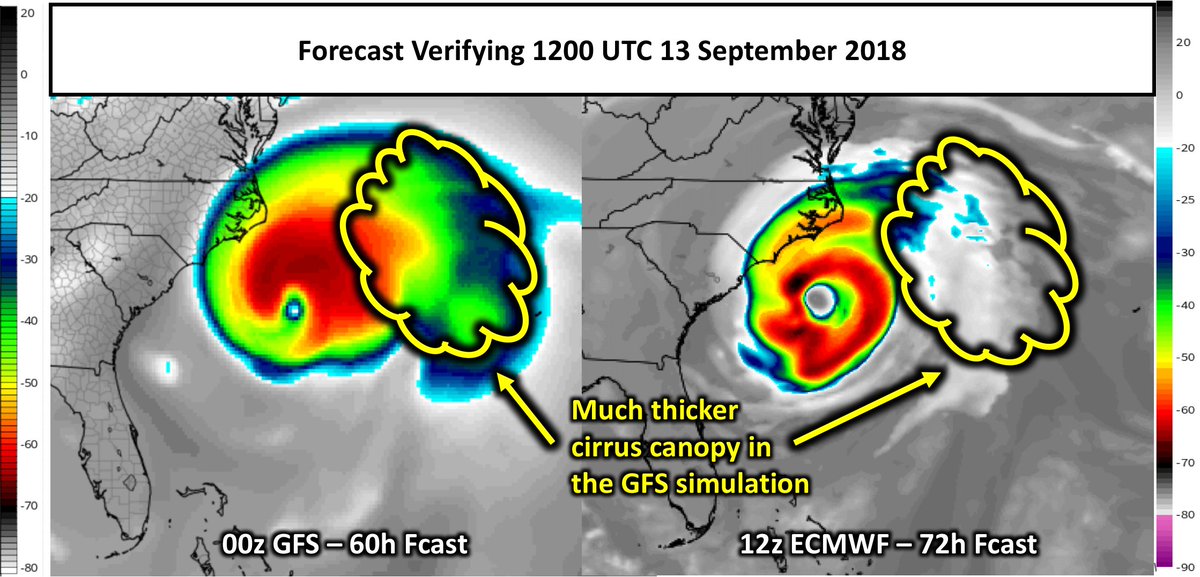
Sr. Hurricane Specialist at @NWSNHC | Ph.D + M.S. via @UAlbanyDAES & B.S. via @UNCAweather | All kinds of weather 🌤❄️⛈🌪| Thoughts are my own |
How to get URL link on X (Twitter) App





https://twitter.com/capitalweather/status/1407712414817193987The "persistent" amplified ridge over British Columbia is key, b/c it takes multiple rounds of downslope mixing to boost sensible heat fluxes resulting in this heatwave.

 And if you go pixel hunting for the maximum velocity pixel, there are values that are larger than that too. The latest scan for example has a 169-mph pixel!
And if you go pixel hunting for the maximum velocity pixel, there are values that are larger than that too. The latest scan for example has a 169-mph pixel!




 @NASA We first did an east-to-west longways pass over the smoke & Pyrocumulus (#PyroCu) cloud around 5pm PT. This photo suggests that the PyroCu updrafts are lofting smoke well above the boundary layer.
@NASA We first did an east-to-west longways pass over the smoke & Pyrocumulus (#PyroCu) cloud around 5pm PT. This photo suggests that the PyroCu updrafts are lofting smoke well above the boundary layer.



 2) The cirrus in a #TCs outer core enables cloud-radiative feedback, w/ lw warming under & lw cooling above clouds.
2) The cirrus in a #TCs outer core enables cloud-radiative feedback, w/ lw warming under & lw cooling above clouds.